Mosquitoes pose significant health risks due to their breeding and activity patterns, but effective control is achievable through a multi-faceted approach. Key strategies include eliminating standing water (breeding grounds), using natural and chemical repellents, implementing personal protective measures, community education, and collaborative programs. Emerging technologies offer innovative solutions like genetic engineering, drone spraying, and smart traps. Long-term sustainability focuses on integrated pest management, environmental adjustments, and addressing root causes of breeding to drastically reduce mosquito populations and related diseases like malaria, dengue fever, and Zika virus.
Mosquitoes are more than just a nuisance; they pose significant health risks, transmitting diseases like malaria, dengue fever, and Zika. Effective mosquito control requires a multi-faceted approach. This article delves into comprehensive strategies for mosquito prevention, covering understanding their behavior, environmental management, natural and chemical repellents, personal protection, community initiatives, emerging technologies, and long-term sustainable solutions. By exploring these methods, we can significantly reduce mosquito populations and the risks they pose to public health.
Understanding Mosquitoes: Behavior and Breeding Patterns
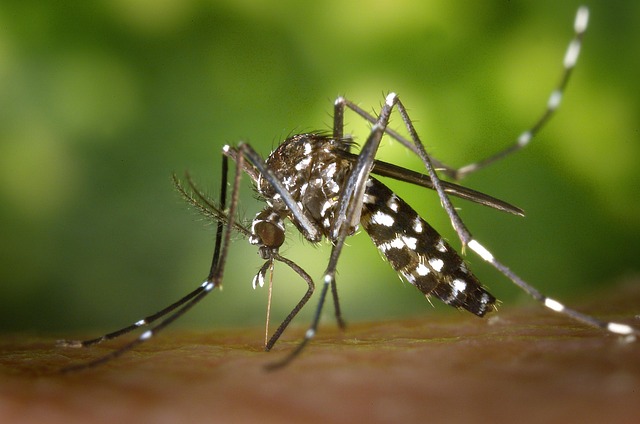
Mosquitoes are more than just a nuisance; they’re tiny creatures with complex behaviors that impact human health and well-being. Understanding their patterns is crucial for effective mosquito control. These insects breed in standing water, making areas with stagnant water bodies prime breeding grounds. They are most active during dawn and dusk, when they feed on both animals and humans. Their rapid reproduction cycle means that a small mosquito population can swiftly turn into a significant problem. By identifying these behavior patterns, we can implement targeted strategies for prevention and control.
Knowing where mosquitoes breed and when they’re most active allows us to take proactive measures. This includes eliminating standing water around homes, properly maintaining pools, and using insecticides or natural repellents during peak activity times. These simple yet effective methods can drastically reduce mosquito populations, providing relief from bites and the risks of diseases they carry, such as malaria, dengue fever, and Zika virus, which are significant global health concerns.
Environmental Management: Reducing Standing Water
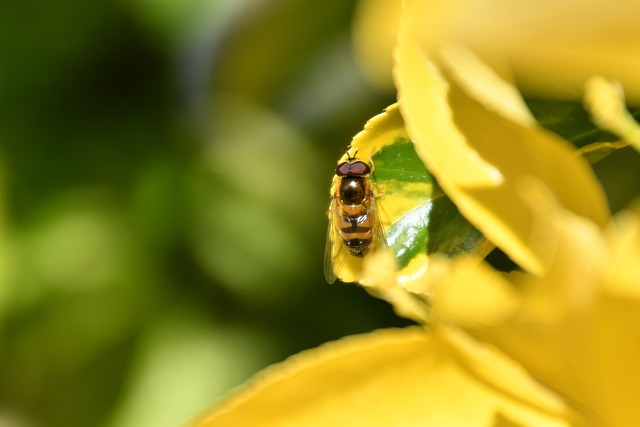
Environmental Management: Reducing Standing Water
Mosquito control begins with managing the environment where these pests thrive. One of the most effective strategies is to eliminate or reduce standing water, as it serves as a breeding ground for mosquitoes. This includes draining any stagnant water from containers like flower pots, buckets, and old tires. Regularly cleaning and emptying birdbaths and pet water dishes can also significantly curb mosquito populations. Property owners should also ensure proper drainage in their yards, fixing any leaks or clogs that could create pools of water.
Additionally, maintaining a well-landscaped property with dense vegetation can help block mosquito entry points into homes and reduce overall population levels. These simple environmental management practices not only limit mosquito breeding but also contribute to a more comfortable outdoor living space for folks enjoying their yards during warmer months.
Natural Repellents and Plants for Mosquito Control

Natural repellents have long been a go-to for effective mosquito control, offering an eco-friendly alternative to chemical sprays. Plants play a significant role in this regard, releasing compounds that either repel mosquitoes or disrupt their ability to navigate and feed. For instance, citronella grass is renowned for its mosquito-repelling properties, often used in candles and torches. Lavender and marigolds are also popular choices; their strong scents act as natural barriers against these pests.
Integrating these plants into your outdoor space can create a pleasant atmosphere while minimizing mosquito bites. Additionally, certain essential oils like lemon eucalyptus and neem oil have shown promise in repelling mosquitoes when applied topically or diffused. This approach not only provides a safe, natural solution but also contributes to a healthier environment by reducing the reliance on synthetic chemicals for mosquito control.
Chemical Repellents and Their Efficacy
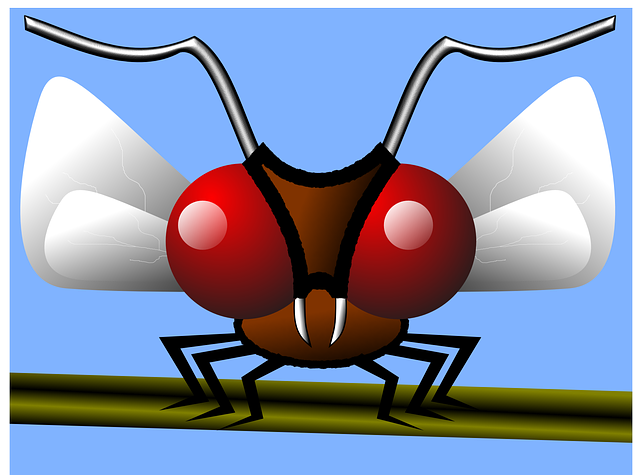
Chemical repellents have long been a go-to method for mosquito control, offering a range of options from topical applications to ambient sprays. Their efficacy lies in the active ingredients that disrupt mosquitoes’ sensory systems, making them avoid the treated areas. DEET, picaridin, and oil of lemon eucalyptus are commonly used chemicals known for their effectiveness in repelling mosquitos. However, while these products can provide significant protection, they may also raise concerns about potential health risks and environmental impact.
The key to successful mosquito prevention with chemicals lies in understanding their application and usage guidelines. Proper use ensures that the repellent remains effective without causing unwanted side effects. Additionally, combining chemical repellents with physical barriers, such as screens and nets, and biological control methods like introducing natural mosquito predators, can offer a comprehensive mosquito control strategy for enhanced protection.
Personal Protection Measures Against Mosquito Bites

When it comes to mosquito control, personal protection measures are a crucial line of defense. One effective strategy is to use insect repellents containing DEET, which can effectively ward off mosquitoes. Wearing long sleeves and pants, especially during dawn and dusk when mosquitoes are most active, can also significantly reduce bite risk. Additionally, closing windows and doors with screens and ensuring they fit tightly helps keep mosquitoes out of your living space.
Using fan or air conditioning units can disrupt mosquito landing patterns due to the wind they create. Planting mosquito-repelling plants like citronella, lavender, marigolds, and basil around your home or patio is another natural approach that can help deter these pests. Regularly emptying standing water from containers such as flower pots, buckets, and gutters also plays a vital role in mosquito control, as mosquitoes breed in stagnant water.
Mosquito Traps and Zappers: Are They Effective?
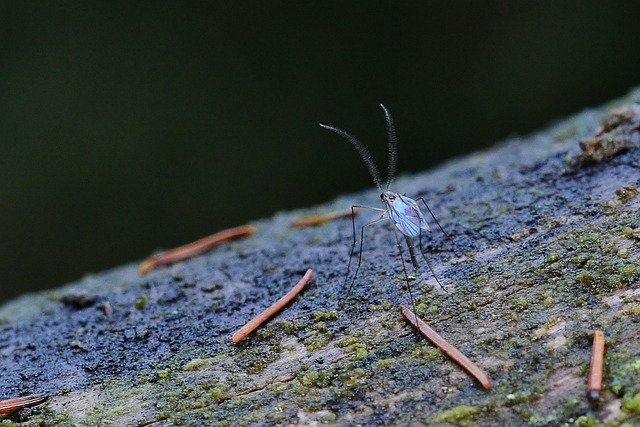
Mosquito traps and zappers are popular tools for mosquito control, but their effectiveness is a topic of discussion among experts. These devices use various methods to attract and kill mosquitoes, from ultraviolet light and CO2 emissions to sticky surfaces. While they can reduce mosquito populations in specific areas, they often have limited reach and may not be as efficient as other mosquito prevention methods.
One of the challenges with traps and zappers is that they primarily target adult mosquitoes, failing to address the breeding grounds and larvae. To achieve significant Mosquito Control, a comprehensive approach is necessary, including eliminating standing water where mosquitoes breed, using insecticides or natural repellents in affected areas, and adopting personal protective measures like wearing long sleeves and using mosquito nets.
Community-Based Mosquito Prevention Programs
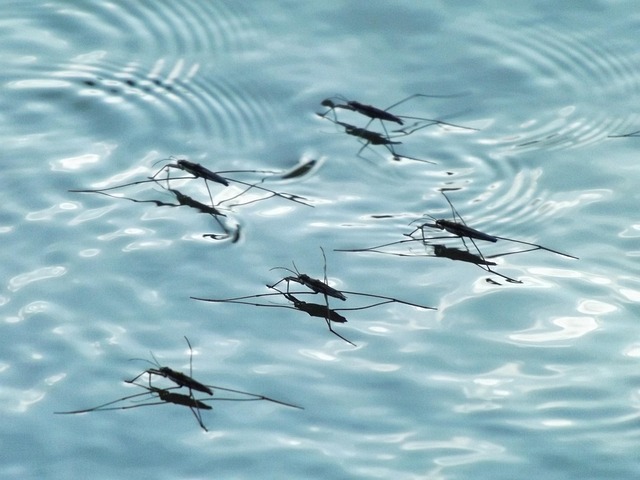
Community-based mosquito prevention programs are a powerful tool in the battle against mosquito-borne diseases and annoying bites. These initiatives involve collective efforts from local residents, businesses, and government agencies to create an environment that discourages mosquito breeding and transmission of diseases. By educating communities about mosquito control measures, such as eliminating standing water sources, proper waste management, and using personal protective equipment, the risk of mosquito-related health issues can be significantly reduced.
These programs often include targeted treatments in specific areas known for high mosquito activity, utilizing environmentally friendly methods to kill larvae and adult mosquitoes. Regular monitoring and surveillance help identify breeding hotspots and track the presence of disease-carrying mosquitoes, allowing for swift action. Such collaborative efforts not only protect public health but also foster a sense of community engagement, empowering residents to take ownership of their environment and create a more mosquito-free future.
Emerging Technologies in Mosquito Control

Emerging technologies are playing a pivotal role in revolutionizing mosquito control. One promising approach is the use of genetic engineering to develop mosquitoes resistant to diseases, reducing their overall population and impact. Another innovative solution involves the deployment of drones equipped with sensors and targeted chemicals, allowing for precise and efficient spraying, minimizing environmental impact.
Additionally, smart traps that utilize artificial intelligence and advanced sensors are being developed to monitor and control mosquito populations more effectively. These traps can detect specific species and even identify resistant strains, providing data-driven insights to inform targeted interventions. Such advancements promise a more sustainable and tailored approach to mosquito control in the future.
Long-term Strategies for Sustainable Mosquito Prevention
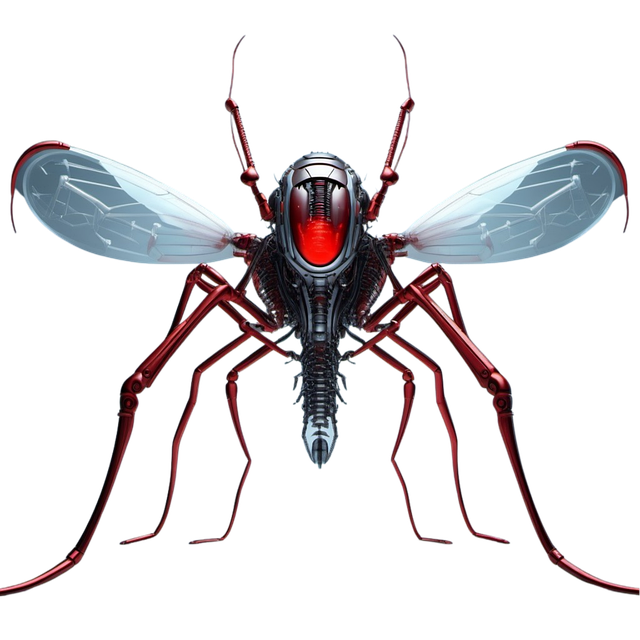
Implementing long-term strategies for sustainable mosquito prevention is key to achieving effective mosquito control. These strategies go beyond quick fixes and focus on addressing the root causes of mosquito breeding. By integrating environmental management practices, such as eliminating standing water sources and improving drainage systems, communities can create an inhospitable environment for mosquitoes. This includes regular cleaning and maintenance of containers that may hold water, like buckets, tires, or bird baths.
Additionally, adopting integrated pest management (IPM) approaches allows for a holistic approach to mosquito control. IPM combines various tactics, including biological controls like introducing natural predators like fish or bacteria that target mosquito larvae. Chemical interventions are also utilized strategically and in combination with other methods, ensuring that resistance builds up less readily. This comprehensive strategy not only effectively reduces mosquito populations but also minimizes environmental impact, contributing to a sustainable future.
